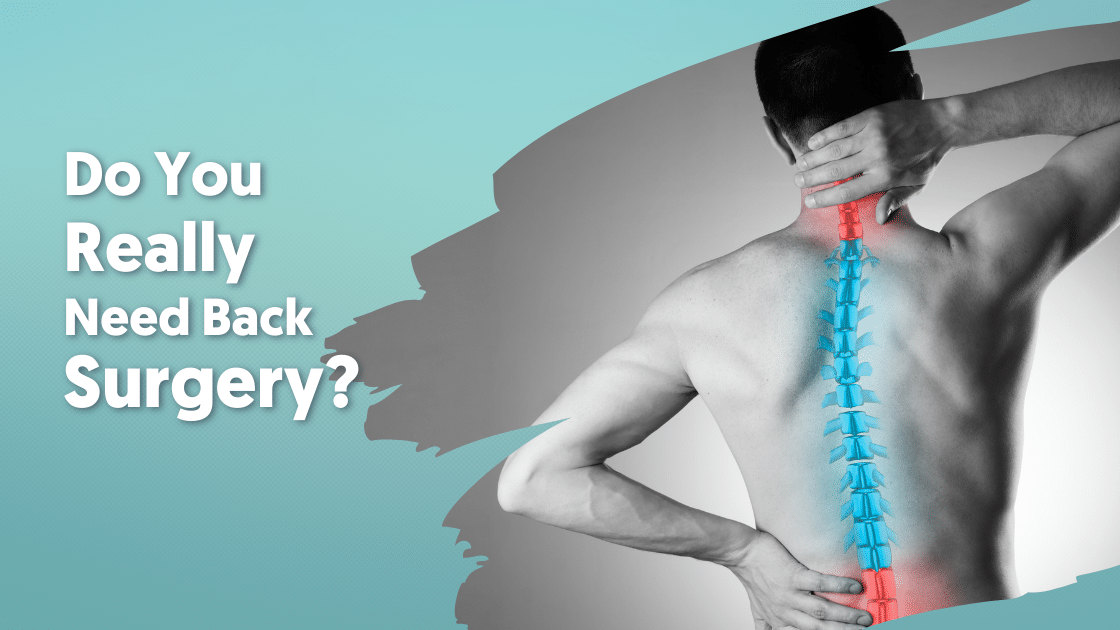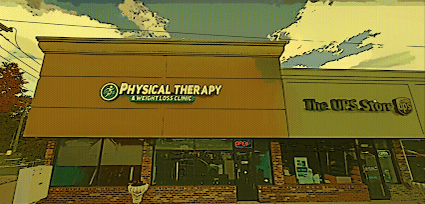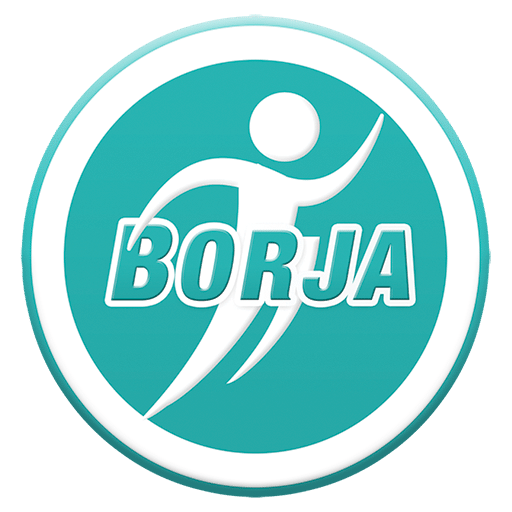Millions of people nationwide take strong prescription pain medicine to deal with back pain. Unfortunately, these drugs have strong side effects. However, what most people do not understand is that pain pills only mask the pain. They don’t fix the underlying mechanical problem. For example, it’s like turning the radio up in your car to drown out the squeaking noise from a bad car part that needs fixing. Learn more about back pain and whether you really need back surgery.
Many people who take pain meds actually have worsening pain over time. This is because they aren’t addressing the mechanical problem. In fact, it is very common to increase injury to the spine, because you do not feel the pain. Pain is your body’s natural way of telling you to stop stressing the area. Once pain meds no longer seem to help, many people consider the next option: back surgery.

Types Of Back Surgeries
Laminectomy
A laminectomy is the most common type of back surgery. It’s a surgery that removes part of the spine called the lamina, which is the roof of the spinal canal. It is a major operation with residual scar tissue and may cause post-laminectomy syndrome as a result. Spine surgeons do this to reduce or eliminate chronic back or leg pain due to nerve compression. Moreover, should surgery fail to achieve all of its desired outcomes, the result is known as Post-Laminectomy Syndrome.
Fusions
Spinal fusion, also called spondylodesis or spondylosyndesis, is a surgical technique that joins two or more vertebrae. This procedure can be performed at any level in the spine and prevents any movement between the fused vertebrae.
Discectomy
A discectomy is the removal of part of the disc that presses on a nerve root or the spinal cord. The procedure involves removing a portion of an intervertebral disc, which causes pain, weakness, or numbness by stressing the spinal cord or radiating nerves as a result.
What Are Some Of The Things I Can Do To Fix My Herniated Or Bulging Disk?
Traction
Traction is a form of decompression therapy that relieves pressure on the spine. It can be performed manually or mechanically. Not only can it be used to treat herniated discs, but it can treat sciatica, pinched nerves, and many other back conditions as well.
People with spinal conditions benefit from this therapy because it reverses the force of gravity. It is most commonly used to treat:
- Slipped Discs
- Bone Spurs
- Degenerative Disc Disease
- Herniated Discs
- Facet Disease
- Sciatica
- Foramina Stenosis
- Pinched Nerves
Core Stability
Many people don’t realize how important a strong core is to their spinal health. To begin with, your core muscles help your back muscles support your spine. When your core muscles are weak, it puts extra pressure on your back muscles. Your therapist may teach you exercises to strengthen your back.
Flexibility
Learning proper stretching and flexibility techniques will prepare you for aerobic and strength exercises. Flexibility helps your body move easier by warding off stiffness.
Muscle Strengthening
Strong muscles are a great support system for your spine and better handle pain. Your therapist will teach you ways to strengthen your back to help prevent future pain. Because of this, you may learn how to best treat your symptoms. However, your ultimate goal is for you to develop the knowledge to maintain a pain-free lifestyle.
It’s essential that you learn how to exercise and condition your back after physical therapy ends. If you don’t use the lessons you learned during therapy, you won’t enjoy its lasting results. However, by taking care of your back on your own, you may prevent further back pain and more importantly avoid unnecessary and risky back surgery.
To learn more about avoiding back surgery, click here.



